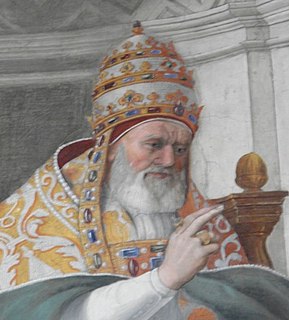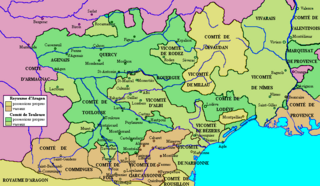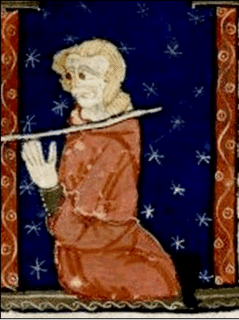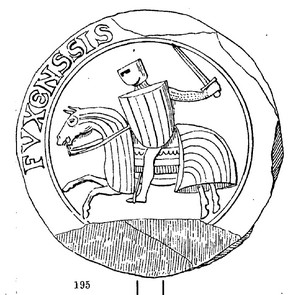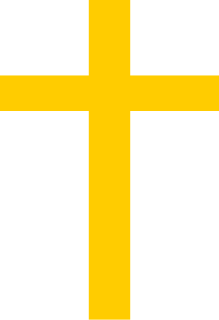Nicetas, known only from Latin sources who call him papa Nicetas, is said to have been the Bogomil bishop of Constantinople. In the 1160s he went to Lombardy. His purpose was apparently to reinforce the dualist beliefs of the Cathars of these regions, and, in particular, to throw doubt on the validity of their spiritual lineage or ordo, the sequence of consolamenta by which they were linked to the Apostles.

Latin is a classical language belonging to the Italic branch of the Indo-European languages. The Latin alphabet is derived from the Etruscan and Greek alphabets and ultimately from the Phoenician alphabet.

Constantinople was the capital city of the Roman Empire (330–395), of the Byzantine Empire, and also of the brief Crusader state known as the Latin Empire (1204–1261), until finally falling to the Ottoman Empire (1453–1923). It was reinaugurated in 324 from ancient Byzantium as the new capital of the Roman Empire by Emperor Constantine the Great, after whom it was named, and dedicated on 11 May 330. The city was located in what is now the European side and the core of modern Istanbul.

Lombardy is one of the twenty administrative regions of Italy, in the northwest of the country, with an area of 23,844 square kilometres (9,206 sq mi). About 10 million people, forming one-sixth of Italy's population, live in Lombardy and about a fifth of Italy's GDP is produced in the region, making it the most populous and richest region in the country and one of the richest regions in Europe. Milan, Lombardy's capital, is the second-largest city and the largest metropolitan area in Italy.
Mark, who then presided over the Cathars of Lombardy, belonged to the ordo of Bulgaria, which Nicetas impugned. Like original Bogomilism, was a moderate or monarchian dualist, believing in the inferiority of the "bad" or evil principle. Mark received consolamentum afresh from Nicetas, an absolute dualist who belonged to the ordo of Drugunthia or Dragovitia (in the southeastern Balkans), having received his consolamentum from bishop Simon of Dragovitia. Unlike Mark, Nicetas came from a late Bogomil current which believed both principles were coeternal and coeval, more similar to Catharism. [1]

Bulgaria, officially the Republic of Bulgaria, is a country in Southeast Europe. It is bordered by Romania to the north, Serbia and North Macedonia to the west, Greece and Turkey to the south, and the Black Sea to the east. The capital and largest city is Sofia; other major cities are Plovdiv, Varna and Burgas. With a territory of 110,994 square kilometres (42,855 sq mi), Bulgaria is Europe's 16th-largest country.

Catharism was a Christian dualist or Gnostic revival movement that thrived in some areas of Southern Europe, particularly what is now northern Italy and southern France, between the 12th and 14th centuries. The followers were known as Cathars and are now mainly remembered for a prolonged period of persecution by the Catholic Church, which did not recognise their belief as being Christian. Catharism appeared in Europe in the Languedoc region of France in the 11th century and this is when the name first appears. The adherents were sometimes known as Albigensians, after the city Albi in southern France where the movement first took hold. The belief system may have originated in Persia or the Byzantine Empire. Catharism was initially taught by ascetic leaders who set few guidelines, and, thus, some Catharist practices and beliefs varied by region and over time. The Catholic Church denounced its practices including the Consolamentum ritual, by which Cathar individuals were baptized and raised to the status of "perfect".
Nicetas then went on to Languedoc. In 1167 in the presence of Mark and other representatives of Cathar churches in Languedoc, France and Catalonia, Nicetas presided over the Council of Saint-Félix at which he renewed the consolamenta and confirmed the episcopal office of six Cathar bishops:
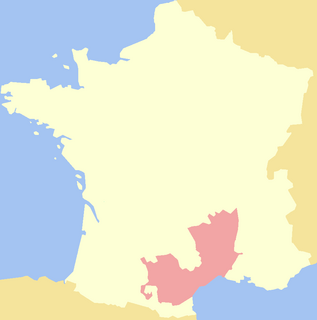
Languedoc is a former province of France. Its territory is now contained in the modern-day region of Occitanie in the south of France. Its capital city was Toulouse. It had an area of approximately 42,700 square kilometers.
The Council of Saint-Félix, a landmark in the organisation of the Cathars, was held at Saint-Felix-de-Caraman, now called Saint-Félix-Lauragais, in 1167. The senior figure, who apparently presided and gave the consolamentum to the assembled Cathar bishops, was papa Nicetas, Bogomil bishop of Constantinople.
- Robert d'Espernon, bishop of the French, i.e. of northern France
- Sicard Cellarier, bishop of Albi
- Mark, bishop of Lombardy, apparently synonymous with Italy
- Bernard Raymond, bishop of Toulouse
- Gerald Mercier, bishop of Carcassonne
- Raymond de Casals, bishop of Agen
Nicetas instructed the assembly that, just as the Seven Churches of Asia did not interfere with one another's independence, neither did the modern bishoprics of the Bogomils, and nor must the bishoprics of the Cathars. For more on the document on which this report is based, see Council of Saint-Félix.
At some later date, perhaps in the early 1180s, a certain Petracius came to Italy, following in Nicetas's footsteps, and threw doubt on the moral behaviour of Simon of Dragovitia, thus invalidating the ordo of Nicetas and all those whose consolamenta Nicetas had given or renewed. This was disastrous for the Cathar church of Italy, which was plunged into lengthy schism.
